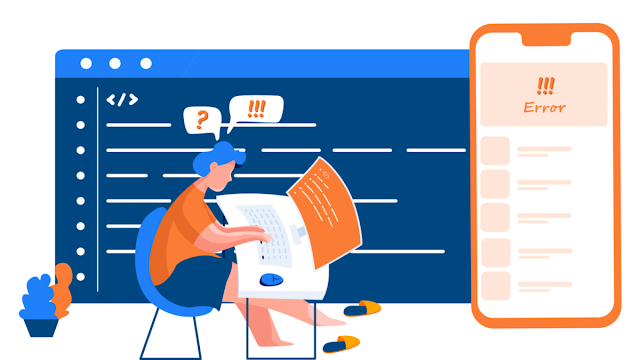Common Mistakes to Avoid in Mean Stack Development
 |
| Source: Google |
Mean Stack development is a dynamic and versatile approach to building web applications. Comprising MongoDB, Express.js, AngularJS, and Node.js, it's known for its flexibility and efficiency. However, even seasoned developers can stumble into common pitfalls that can hinder the development process. In this article, we'll explore these mistakes and provide insights on how to avoid them.
Key Mistakes to Avoid
Let's delve into the most prevalent mistakes in Mean Stack development and how you can sidestep them:
1. Ignoring Proper Data Modeling
Mean Stack Development Course teaches you to use MongoDB, a NoSQL database that offers flexibility in data storage. However, overlooking the importance of proper data modeling can lead to a disorganized database structure. It's essential to plan your data schema carefully and consider your application's specific requirements.
2. Overlooking Security Concerns
Security should be a top priority in web development. Neglecting security measures, such as input validation and authentication, can expose your application to vulnerabilities. Always validate user inputs, sanitize data, and implement authentication and authorization mechanisms to protect your Mean Stack application.
3. Not Optimizing Front-End Performance
AngularJS, a core component of the Mean Stack, provides powerful tools for creating dynamic front-end interfaces. However, inefficient coding practices can result in sluggish performance. Optimize your front-end code by reducing unnecessary DOM manipulations, minimizing HTTP requests, and implementing lazy loading for resources.
4. Neglecting Error Handling
Error handling is often overlooked, but it's a critical aspect of robust Mean Stack development. Failing to handle errors properly can lead to unexpected application crashes or security breaches. Implement comprehensive error handling mechanisms, including error logging and graceful error messages, to enhance the reliability of your application.
5. Not Scaling Properly
One of the advantages of the Mean Stack is its scalability. However, failing to plan for scalability from the outset can lead to challenges down the road. Always consider the potential growth of your application and design it to scale horizontally or vertically as needed.
6. Skipping Testing
Testing is an integral part of the development process. Skipping or inadequate testing can result in undetected bugs and issues in your application. Embrace automated testing, including unit testing and end-to-end testing, to identify and address problems early in the development cycle.
7. Neglecting Documentation
Documentation is often an afterthought, but it's crucial for collaboration and maintenance. Insufficient documentation can make it challenging for other developers to understand and work on your code. Maintain clear and comprehensive documentation throughout your Mean Stack project.
Conclusion
Mean Stack development offers a powerful platform for building modern web applications. However, avoiding common mistakes is essential to ensure the success of your projects. By addressing these pitfalls and following best practices, you can enhance your Mean Stack development skills and deliver high-quality applications that meet the needs of your users.
Always remember that Mean Stack development is a continuous learning process. Stay updated with the latest trends and best practices in web development, and be open to adopting new technologies and tools to improve your Mean Stack projects.


Comments
Post a Comment